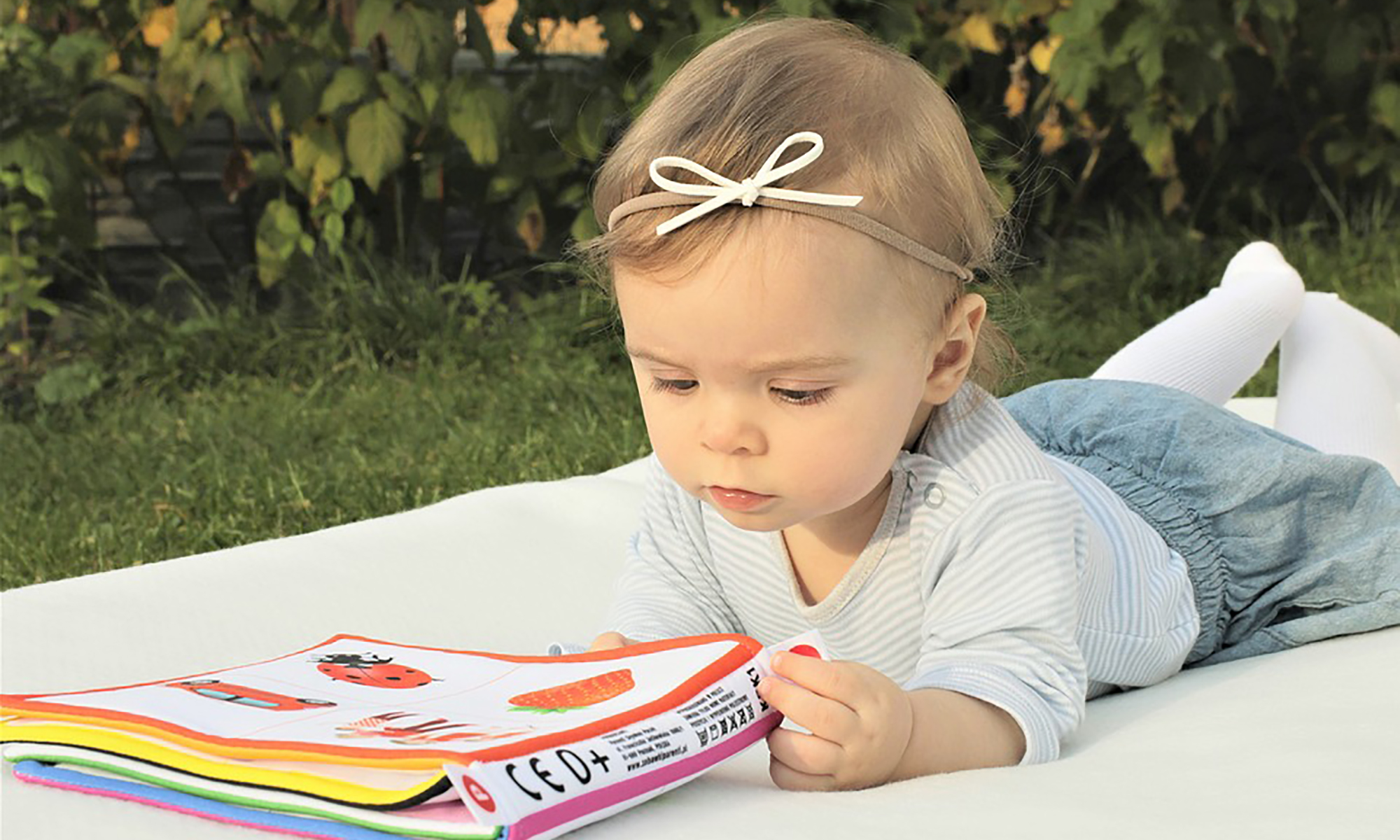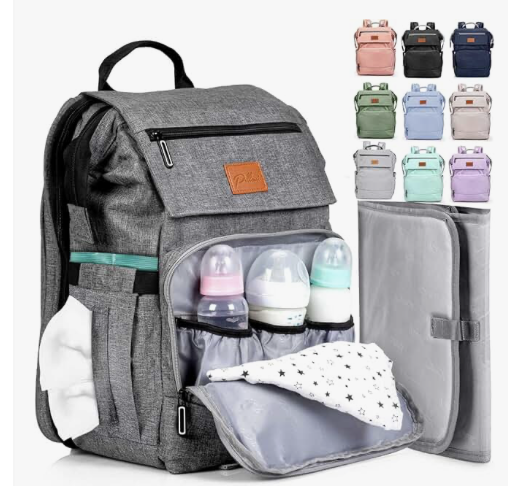Stay Calm: Handling Potty Accidents With Ease
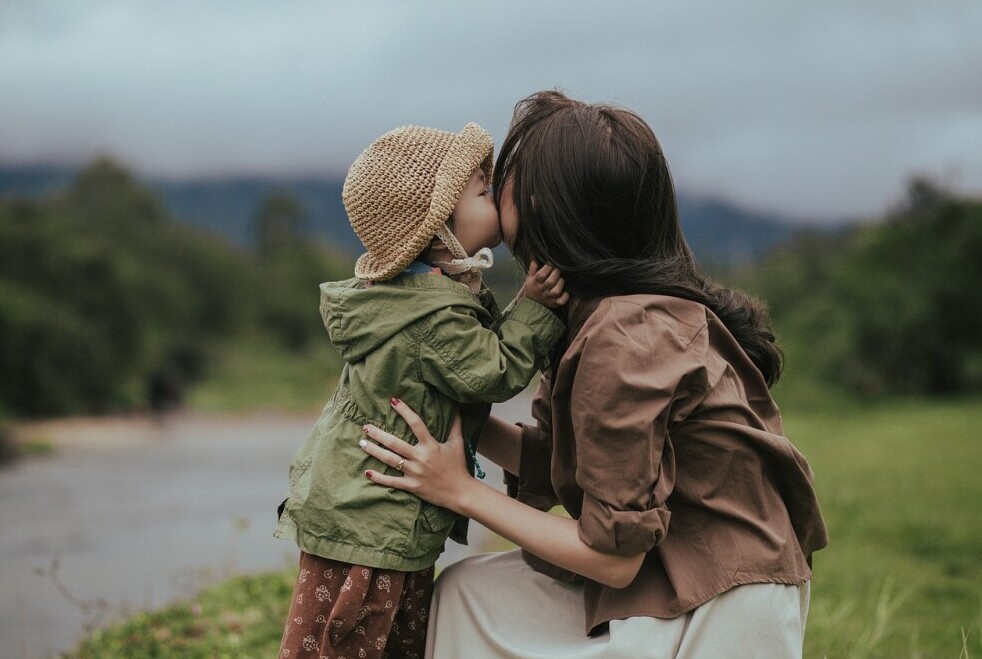
Potty training accidents feel overwhelming at first, but they are a normal, useful part of learning. It takes patience, experimentation, and practical strategies to help both you and your child manage early challenges. This guide offers insights into why accidents happen, how to stay calm, effective ways to prevent mishaps, and advice on building your child’s confidence during this transition.
Understanding the Causes of Potty Training Accidents
Accidents can occur for several reasons. Often, a child may miss the subtle signals their body gives while engrossed in play or when distracted by new experiences. Recognizing that lapses occur naturally helps reduce stress and allows you to adjust your training approach without feeling discouraged.
Common Triggers
Your child might not notice the gentle cues from their body. Being absorbed in play or excitement can lead to missed signals, and even a change in environment may disrupt their usual habits. Keeping things simple and consistent often helps in reducing these triggers.
Physical and Emotional Factors
Both physical needs and emotional responses play a role. Sometimes a child simply doesn’t feel the urge until it’s nearly too late. Other times, feelings of stress or pressure about using the toilet can mask those signals. Appreciating these factors means you can better support your child without assigning blame.
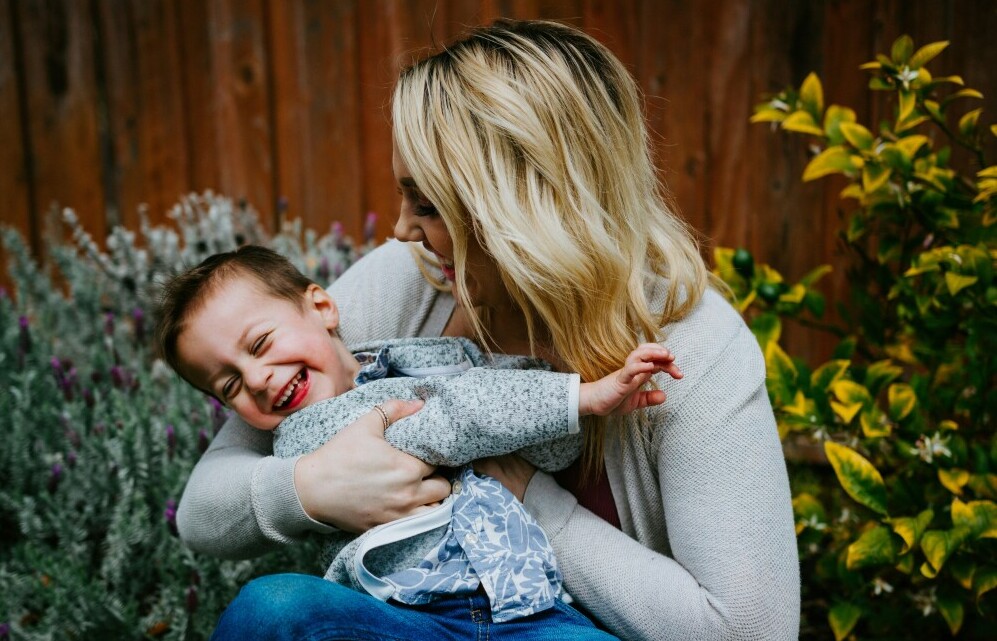
Reacting to Mishaps Positively
When accidents occur, a calm and patient response turns a difficult moment into a valuable learning opportunity for your child.
Staying Calm
Take a deep breath and speak gently when mishaps happen. A composed response reassures your child that setbacks are a normal part of learning. This calm approach encourages your little one to try again without fear or embarrassment.
Encouragement Over Criticism
It’s best to offer reassuring words such as, “It’s okay, we’ll try again later.” Avoid punishment or harsh reactions. Negativity can increase anxiety. Instead, let your child know that everyone learns at their own pace. Mistakes are simply stepping stones toward success. It’s not the end of the world.
Learning from Accidents
Each accident provides helpful feedback. Discuss what happened in simple terms. Help your child recognize his body’s cues. Celebrating even small improvements helps reinforce a positive outlook with using the toilet. This positivity builds confidence over time.
Preventing Future Accidents
Implementing clear routines and practical changes can greatly reduce the number of accidents while boosting your child’s self-assurance.
Establishing a Routine
A regular schedule for bathroom breaks is very important. Set specific times during the day, such as after meals, after naps, and before bedtime. This way, your child learns when it is time to go. Consistency helps make the process predictable and less stressful.
Recognizing Body Signals
Encourage your child to notice the signals their body sends. Gentle reminders like asking, “Do you feel like it’s time for a break?” Asking this can help associate specific feelings with the need to use the toilet. Over time, this habit can lead to fewer accidents.
Choosing Practical Clothing
Simple, easy-to-remove clothing can make a difference. Outfits with elastic waists allow your child to move quickly to the bathroom. This small adjustment minimizes delays when nature calls. Easy outfits reduces both frustration and the likelihood of an accident.
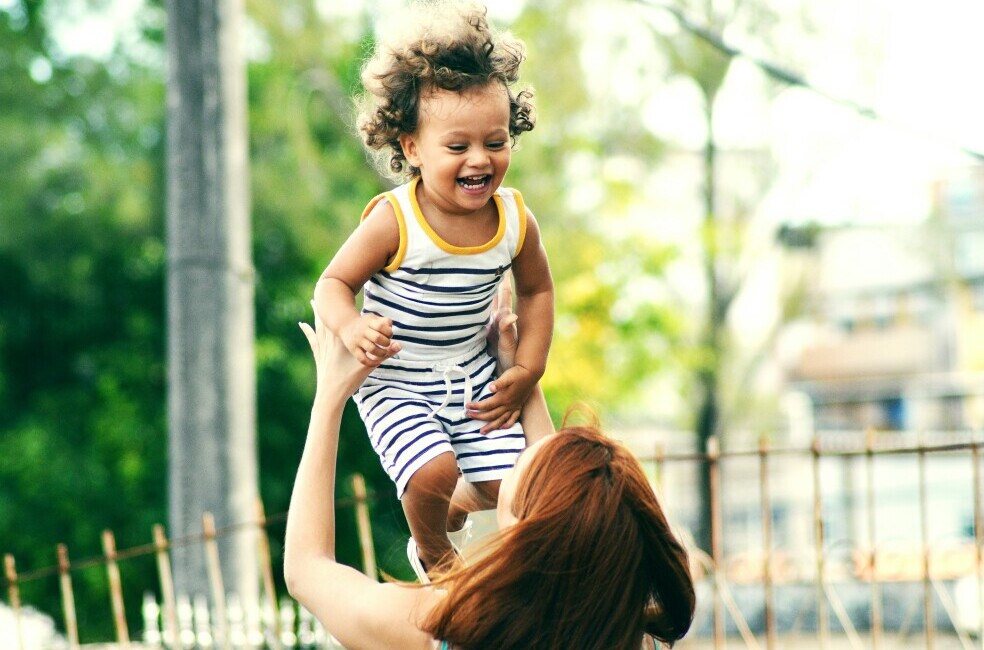
Building Emotional Confidence and Independence
Potty training is not only about physical readiness; it is also about nurturing your child’s independence and self-confidence. Supporting emotional growth during this time is just as important as teaching them the mechanics of using the toilet.
Open Communication
Maintain an open dialogue about potty training. Ask your child how they feel about the process and listen carefully to their concerns. Such conversations help lessen anxiety and build trust, setting a supportive atmosphere as they learn and grow.
Encouraging Independence
Assign small responsibilities like flushing the toilet or wiping down a seat. Involving your child in these simple tasks boosts their sense of ownership and pride. Each little step builds their independence and empowers them to take on new challenges confidently.
Handling Setbacks Constructively
View setbacks as opportunities to adjust and improve rather than as failures. When an accident occurs, talk with your child about what might have helped. Consider small changes for next time. This solution-focused approach teaches resilience. Focusing on solutions helps them understand that mistakes are a natural part of any learning process.
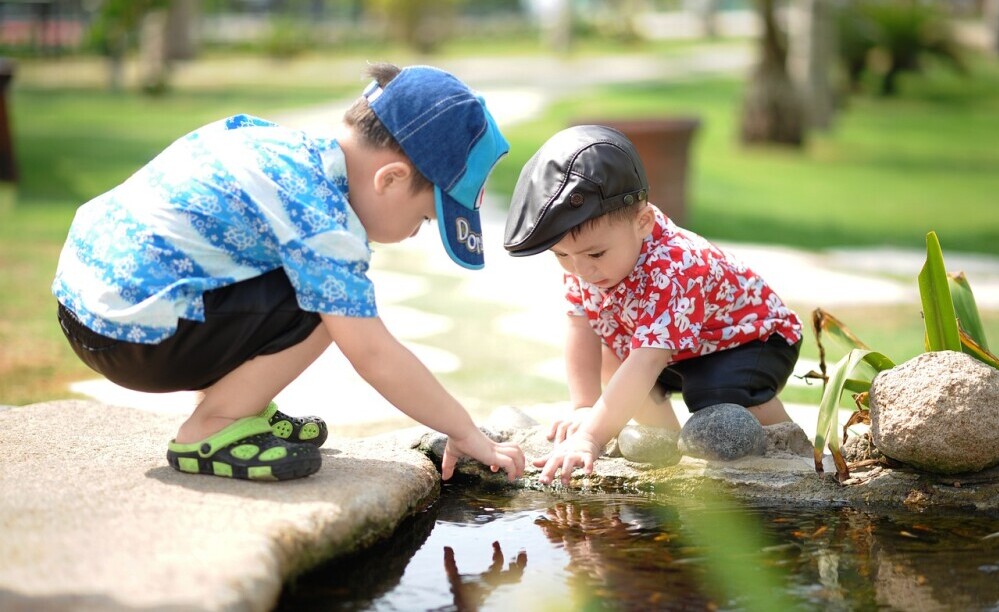
Potty training accidents can be challenging, but each one is a chance to learn and improve. By understanding what triggers these mishaps, staying composed when they happen, and adopting practical routines that support both physical and emotional development, you turn challenges into stepping stones for growth.
Every day brings new opportunities to refine your approach and celebrate progress. Adjust your methods as needed. Maintain open communication. Ensure your child feels supported throughout the process. With time, the mishaps will give way to successes, making the journey feel less overwhelming.
Which of these strategies will you try first with your little one? I look forward to hearing your thoughts. What can you do to create a nurturing and effective potty training experience?Remember, every small success builds up to a big win in your child’s developmental ride.
Happy potty training!
Books for Kids Who are Scared to Use the Potty

